
Pedro Venzon's "sinful" stools blur the line between sculpture and furniture
Brazilian designer Pedro Venzon has introduced a trio of sculptural wooden stools inspired by sinful bodies.
Collectively called the Tríptico Infame, the Anca, Coito and Teta stools are each made up of a stack of geometric forms that appear to be precariously balanced.
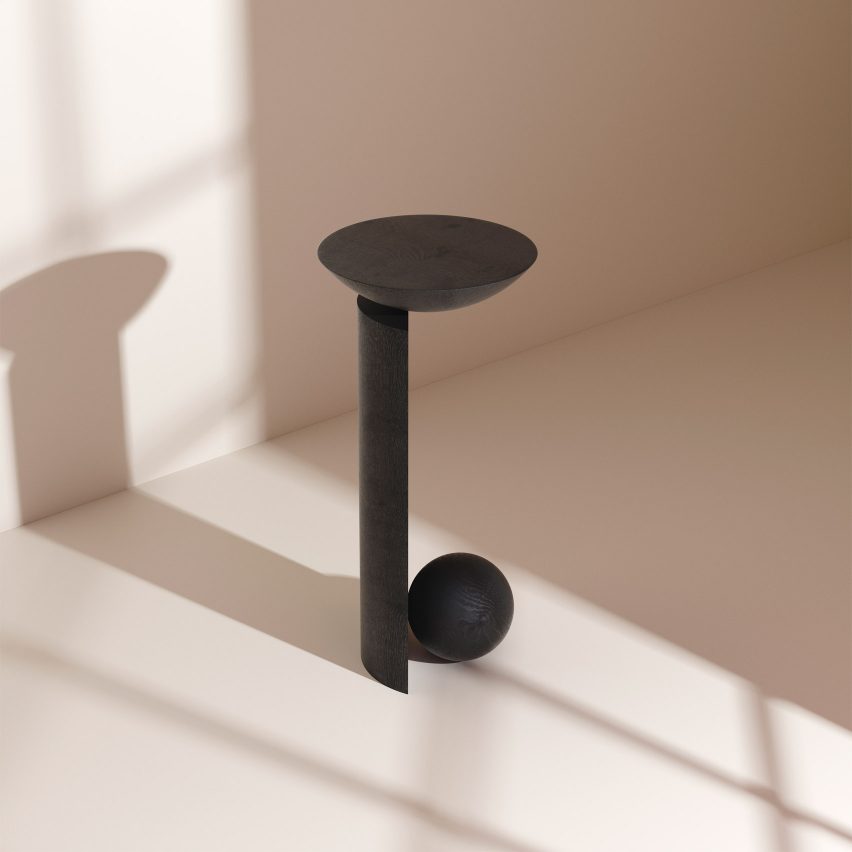
Made in Brazil, the stools are painstakingly carved by hand by craftsman from the south of the country without the use of computer numerical control (CNC) machines.
"The most challenging aspect of the process is finding the balance within the item's composition, in a way that the contact points – minimum and economical – end up "disappearing", to produce an effect of unity," Venzon told Dezeen.
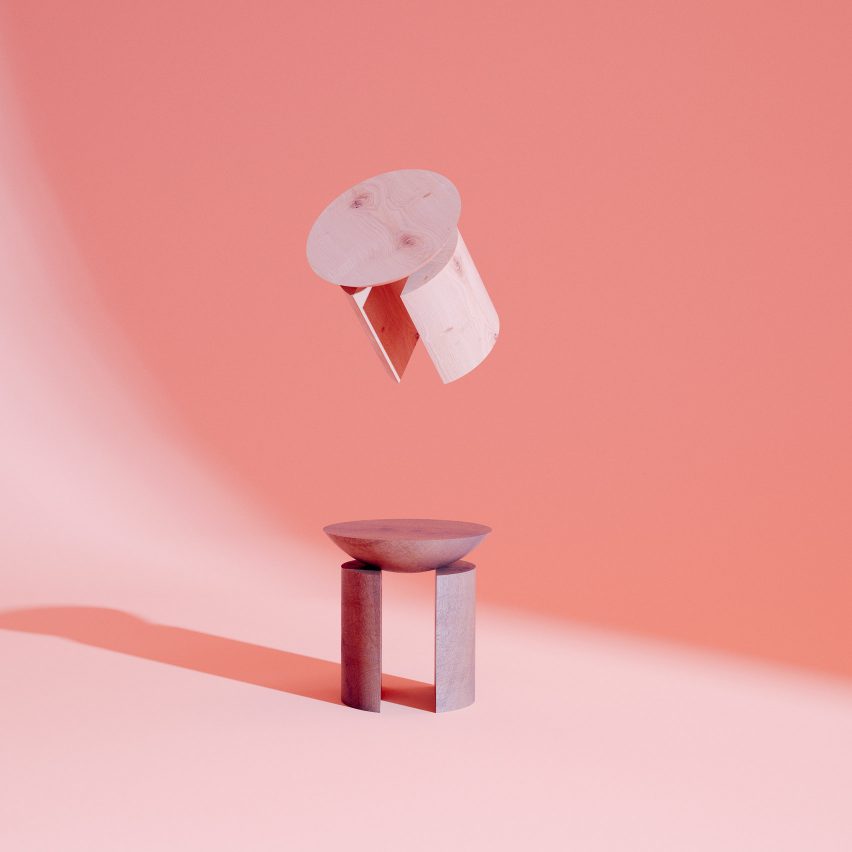
"My intention is to mark my work, to see knowledge through wood – the knowledge we see in people here, it is almost a memory process materialised in the artefacts," said Venzon.
Venzon, who was longlisted for Dezeen's emerging designer of the year award, said that the stools are designed to balance severity and lightness, and blur the line between sculpture and furniture.
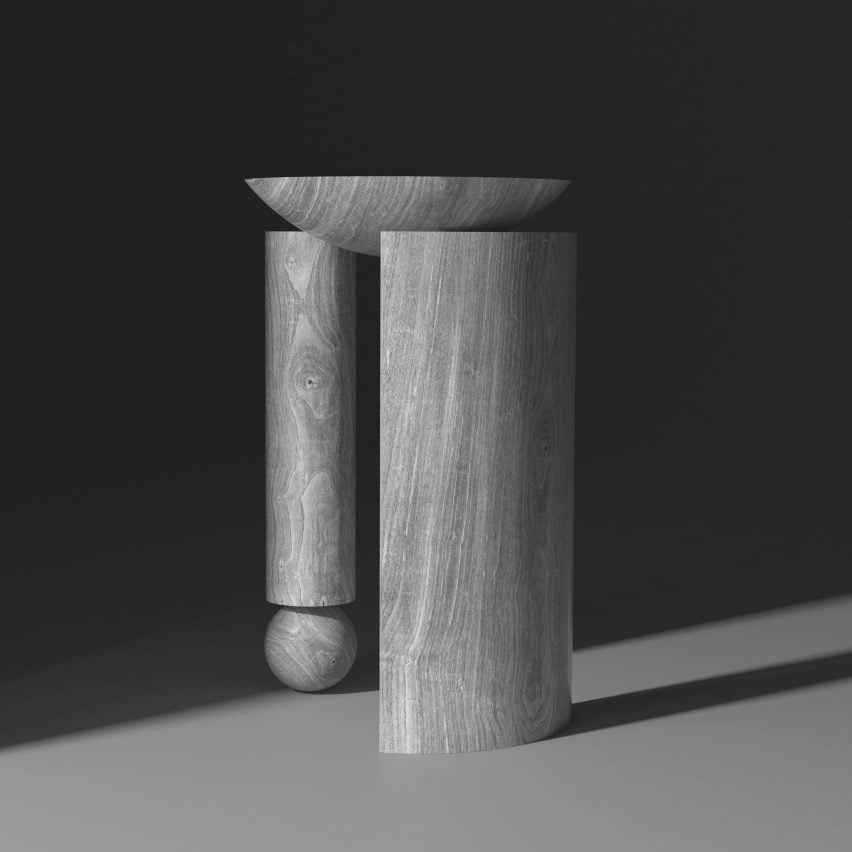
The Portuguese names of the pieces, Coito, Teta and Anca, translate into English as coitus, nipples and hip, and stem from Venzon's ongoing interest in colonialism, Christian desire, asceticism and sin.
"I have been observing religious art for some time, especially Portuguese work," said Venzon of the inspiration behind the stools. "I see the three pieces as a punitive device, a marker of sinful bodies, a rest of the colonisation."
Based in the Brazilian city of Florianópolis, Venzon's work often explores "objects of damnation" and their relation to colonial history and punishment.
In 2016, Venzon debuted the Pudica chair, whose minimal form is based on the curves and shapes found in architecture left over from Portugal's colonisation of Brazil.
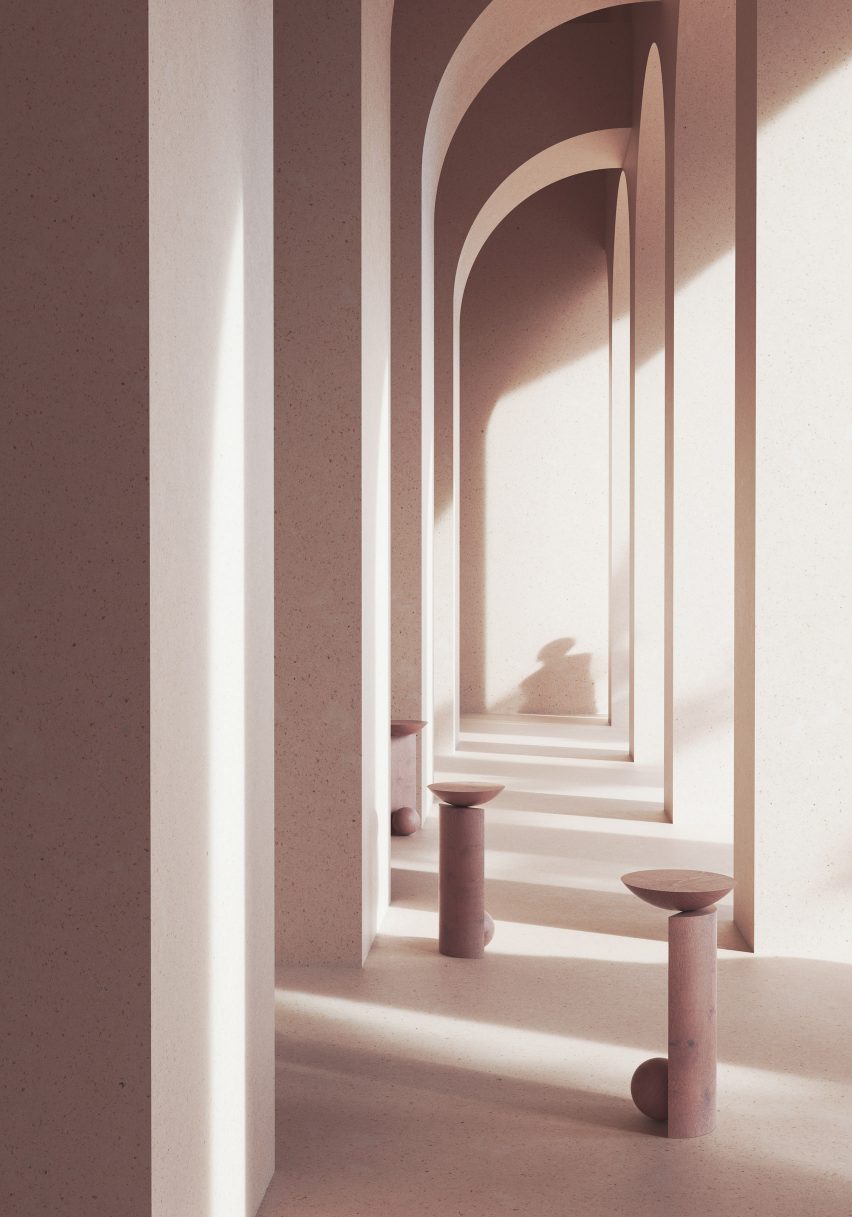
"Brazil has been going through a cloudy period, a period marked by the ascension of hate speeches and losses of rights. That is all reflected in my work," explains Venzon.
"I tend to think that a certain formal character is still part of my speech, but it is interesting to think of a history of my artefacts that considers the series of statements, practices and memories produced, under a subaltern and decolonising perspective."
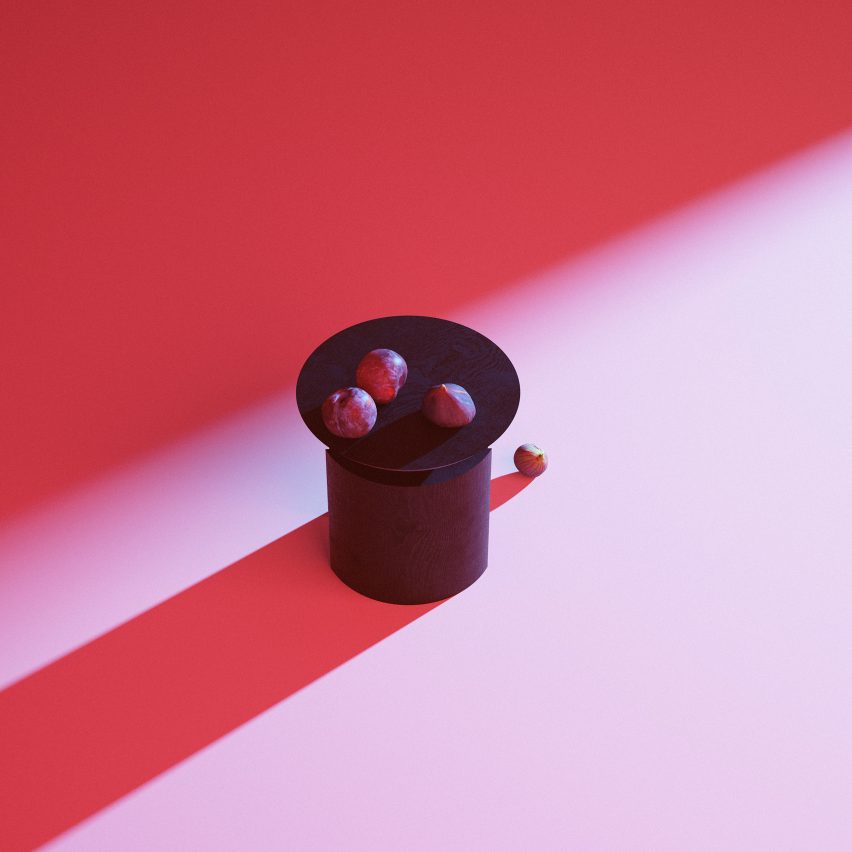
Rather than taking religious art as inspiration, designers Lennart and Lauren Leerdam looked to the humble tin can for a set of stools called Paperthin made from 0.5 millimetre sheet of tin metal.